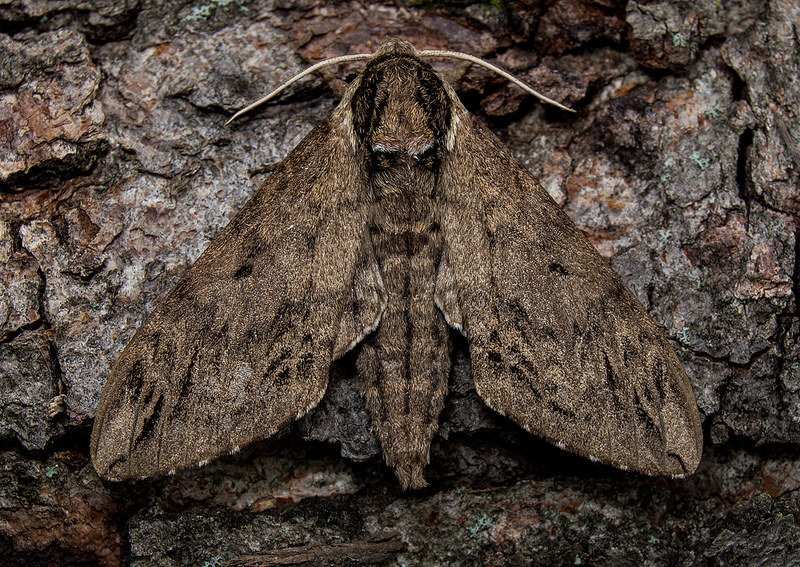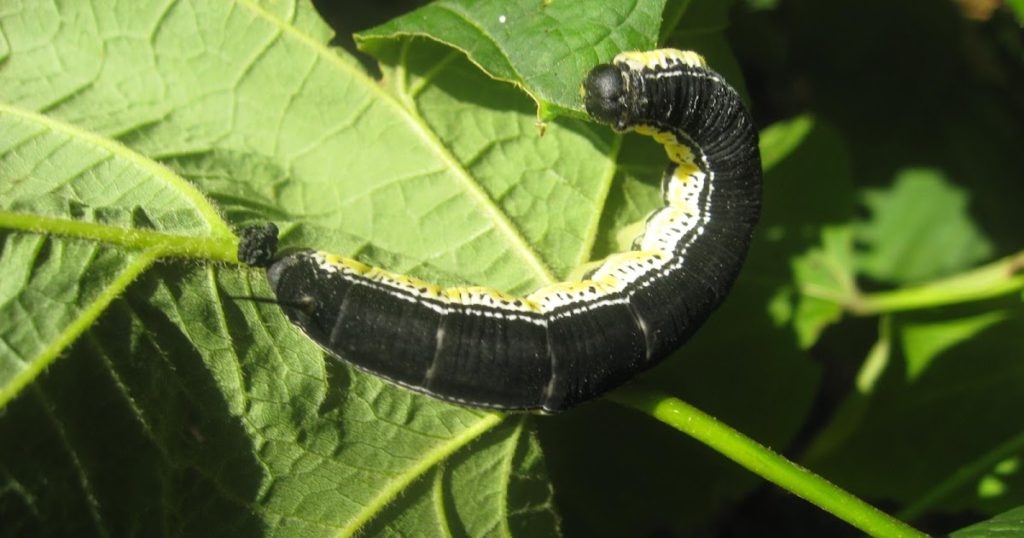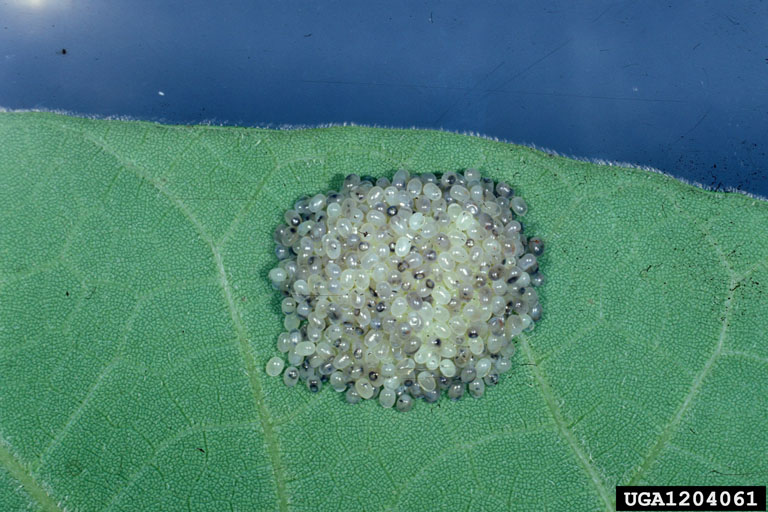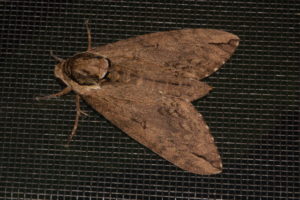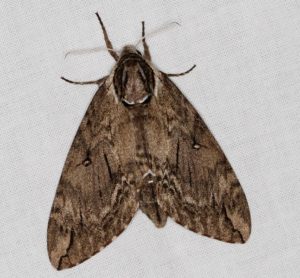Catalpa Sphinx Moth (Ceratomia catalpa)
Catalpa sphinx of the hawk moth family is known to be a major pest of catalpa trees, thus resulting in its name. The moth mainly occurs in the southeastern part of North America alongside Maine, Iowa, Florida, and Texas.
objects.liquidweb.services
Scientific Classification
- Family: Sphingidae
- Genus: Ceratomia
- Scientific Name: Ceratomia catalpa
Description and Identification
Caterpillar
In the larval stage, it is known as catawba, or catalpa worm, and has a lighter coloration after emergence – white, spotted in black. As they mature, their coloration eventually changes to a darker shade. They mostly appear yellow with a black striped running through their back, alongside black dots to their sides.
One of the most interesting aspects of the catalpa sphinx moth is its different color phases. Besides the dark form, there is also a pale one, barely visible, though. In the latter, the black stripes are either not visible prominently or entirely missing, replaced by white lines. They grow to 5 cm (1.96 inches) on average, mainly feeding on catalpa leaves.
Pupa
After the fifth instar, the larva enters into a wandering phase, leaving the host plants and getting onto the ground to spot a suitable burying place. The pupal skin is soft and translucent at the beginning, eventually hardening and turning to light brown. The spindled pupa remains underground in the soil safely encased inside a white cocoon.
Adult Moth
Sexual Dimorphism: Not prominent
Color and Appearance
Forewings: When opened, they appear yellowish-brown with vague black dashes and lines running across them. There is also a grayish-white spot close to the cell outlined in black. When closed, the color and patterns remain the same, with the dashes and spots less prominently seen.
Hindwings: When opened, the color is similar to that of the forewing, yellowish-brown with faint lines going across. When closed, there is no change in the coloration, with the lines rarely seen.
Average Wingspan: 6.5 – 9.5 cm
Flight Pattern: Consistent (hovering flight pattern like hummingbirds)
Season: May – September
Egg
The eggs appear translucent and oval, with the color varying from yellow to green to milky-white. The bigger masses of eggs are mainly deposited on the leaves’ undersides. In comparison, the smaller masses remain on the catalpa tree’s branches. They have a diameter of approximately 0.5mm, hatching in 5 -7 days from the time it is laid.
Quick Facts
| Distribution | Southeastern parts of North America, alongside Maine, Florida, Iowa, and Texas |
| Habitat | Deciduous woodlands, forests |
| Predators | Wasps, and birds |
| Lifespan of Adults | 10-30 days |
| Host Plants | Northern catalpa, southern catalpa |
| Adult Diet | Nectars from flowers |
Scientific Classification
- Family: Sphingidae
- Genus: Ceratomia
- Scientific Name: Ceratomia catalpa

